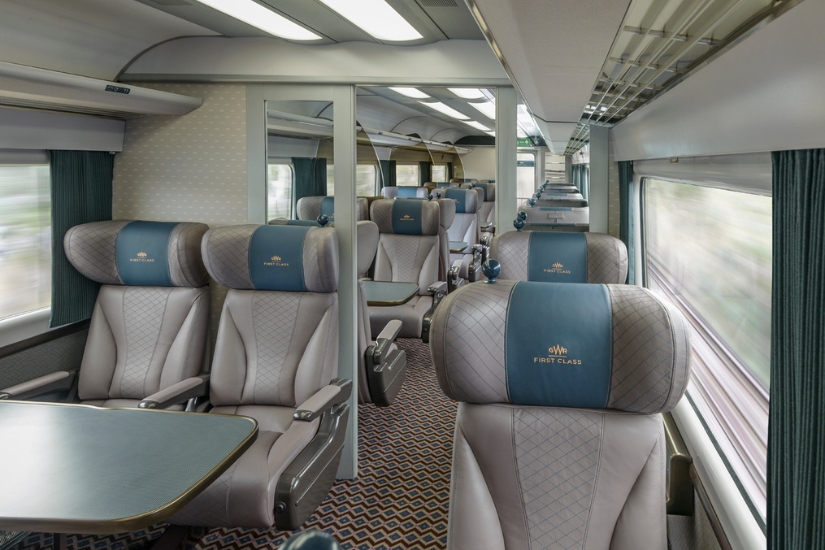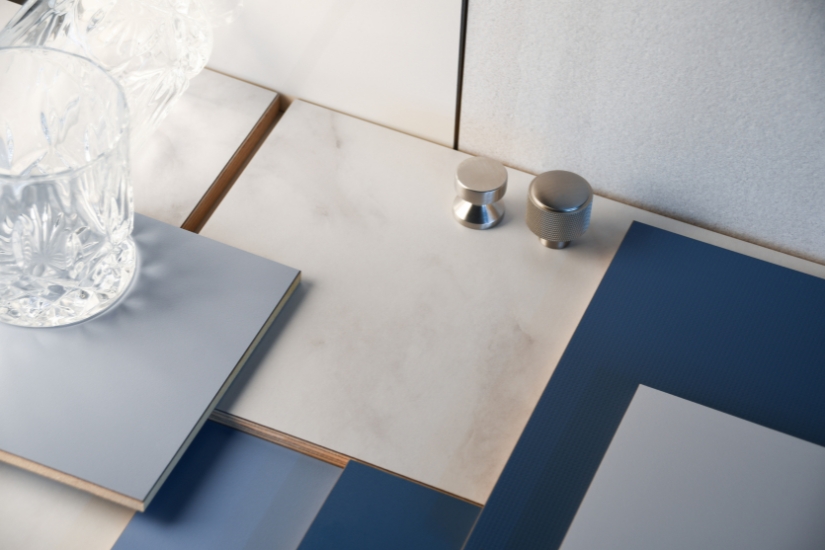Building Inclusive Travel Spaces: Designing for Neurodiverse Needs
As the world becomes more aware of the diverse needs of individuals, designing neuro-inclusive travel environments is becoming an essential part of creating inclusive spaces. Whether in airports, train stations, or other transit hubs, thoughtful design can enhance the experience for neurodiverse travellers.

Great Western Railway, the UK; featuring Younique® by Formica Group
At Formica Group, we recognise the importance of incorporating neurodiversity considerations, ensuring that these elements are fully integrated into the design process rather than being treated as afterthoughts.
Understanding Neuro-Inclusive Design in Travel Spaces
For neurodiverse people, travel environments can present significant sensory challenges. Crowded spaces, bright lights, overwhelming noise, and unclear signage can contribute to feelings of discomfort or anxiety. By addressing these issues through design, we can create spaces that not only accommodate but also support the sensory needs of all travellers.
Key elements of neuro-inclusive travel environments include:
- Quiet Rooms and Sensory Retreats: Offering designated quiet rooms can provide much-needed sanctuaries for travellers who may feel overwhelmed by the sensory overload of busy transit hubs. These spaces should be equipped with calming colours, soft lighting, and minimal noise. The use of soft greens and muted pinks in these spaces has been shown to reduce anxiety and promote relaxation, especially for individuals with sensory processing disorders.
- Clearly Legible Wayfinding: Easy-to-navigate signage is essential for ensuring that all passengers can move through the space confidently. High-contrast colour pairings, such as muted yellow against dark grey or black against softer white tones, make signs more legible without overwhelming neurodiverse individuals.
- Appropriate Lighting and Acoustics: Harsh, bright lights can be overstimulating, while excessive noise can cause distress. By incorporating dimmable lighting and sound-absorbing materials, designers can create spaces that feel calmer and more manageable for all travellers.

Calming Blue-Toned Palette for Transport Environments
Nina Bailey, Formica Group’s European Design Lead, has developed a blue-toned palette specifically for the transport segment:
- Pale and cool blue tones dominate this palette, evoking calmness and tranquillity in hectic environments. The palette features F7880 Thistle, F7884 China Blue, F8822 Denim, and F7938 Glacier.
- The warmth from Formica® Laminate F7923 Surf adds a gentle contrast, balancing the cool blues.
- Formica Laminate F9511 Layered Sand introduces texture and pattern in a subtle, natural way, contributing to a sensory-friendly design that avoids overwhelming the senses.
- Formica Laminate F5018 Calacatta Cava marries the warm and cool tones, creating a harmonious blend that fosters relaxation.
This palette shows how a mix of warm and cool tones can balance each other to create a serene, welcoming atmosphere - perfect for reducing the stress of travel.

Setting New Standards for Travel Hubs
By prioritising neuro-inclusive design principles, transportation hubs can set new standards for inclusive travel. This not only benefits neurodiverse people but also enhances the overall experience for all travellers. Accessible, empathetic environments lead to smoother navigation, less stress, and a more welcoming atmosphere for everyone who passes through.



